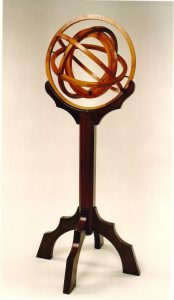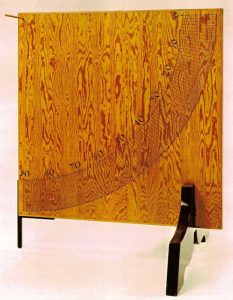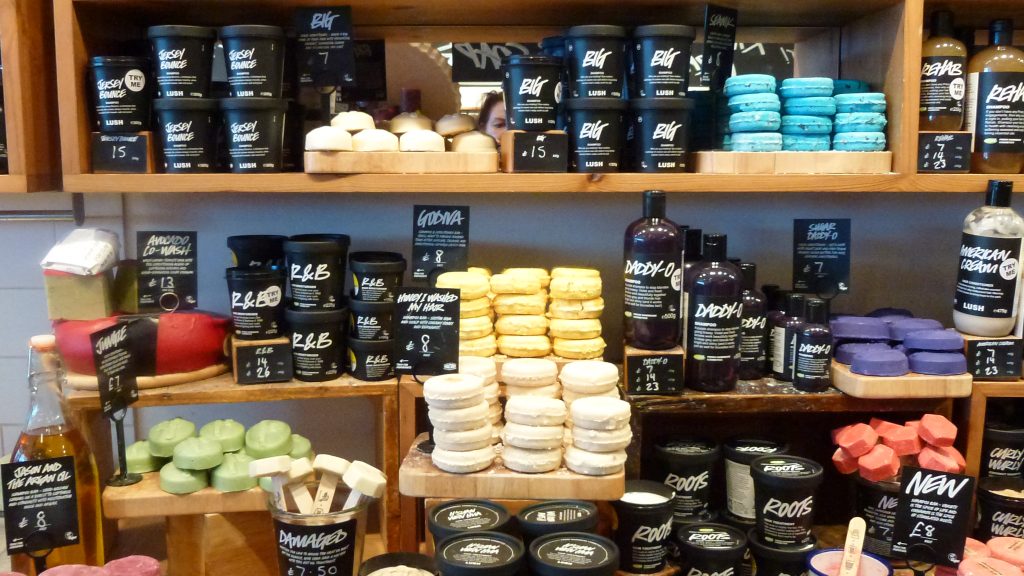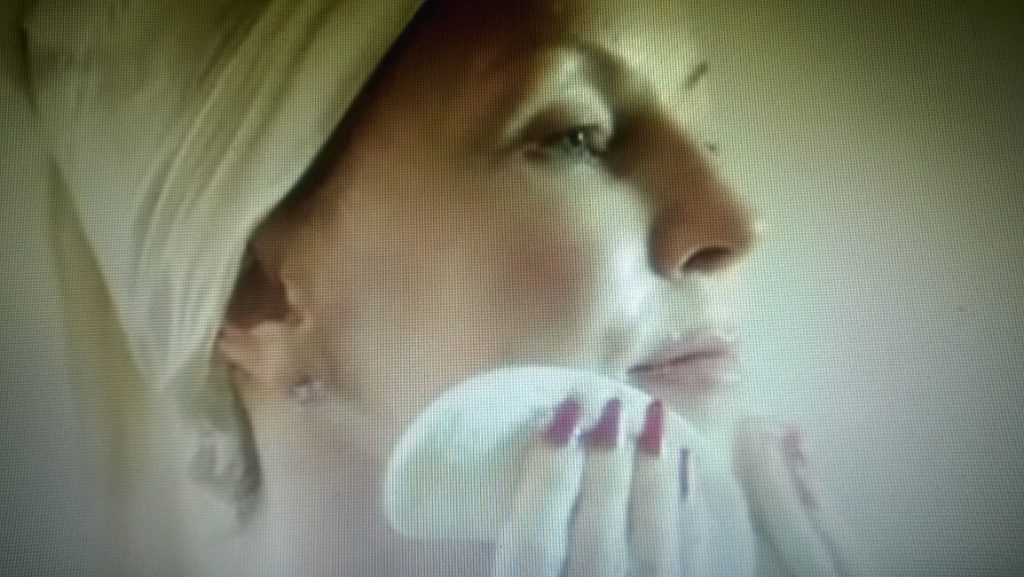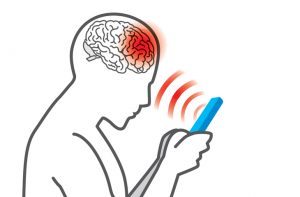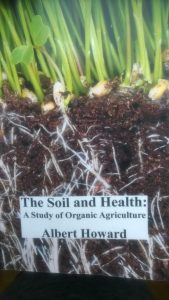Our mental attitudes and the perception of the world have been changing throughout history. Initially, human attention was directed to the sky. People looked up to the sky to estimate the time and to tell which way to go when travelling. Astronomers and astrologers looked to the sky not only to tell time and direction, but also to observe the world and life. People had a geocentric perception of the world which placed the Earth and human beings at the centre of the Universe.
When the clock was invented, along with roads, road signs and maps, the human mind was freed from paying attention to the sky during the course of an ordinary day. Today many of us have hardly any of the detailed knowledge about the sky that was so necessary in the past.
By the fifteenth century, humanity was ready for a higher truth, and the Polish astronomer Nicolaus Copernicus managed to establish this truth about the structure of the world. Significantly, he managed to do so with the use of a very few simple instruments and only his naked eye. His inspiration, natural ability to observe and education as well as the help of a few clever pieces of equipment allowed him to observe the real structure of the world.
Nicolaus Copernicus’s magnum opus was De revolutionibus orbium coelestium (“The Revolutions of the Heavenly Bodies”)and it was a success. Despite the difficulties with censorship at the time, it was published in 1543 in an edition of 500 copies, and it made publicly available the heliocentric model of the universe as the real structure of the world.
This presented new challenges for the human mind, which had to change from knowing and visualising the Earth as the centre of the universe to being able to acknowledge and visualise that the Earth spins around the Sun. Today this seems quite obvious to us, but at the time it must have been a disturbing and difficult thing to do.

As a natural philosopher, Nicolaus Copernicus successfully accomplished great things in his beloved field of astronomy, leaving us a new awareness of the universe. His accomplishment was built on solid ground.
He expresses this in his writings:
“What is however more beautiful over the sky, over the gatherings of all the beauties to which words like ‘coelum’ and ‘mundus’ itself point out, of which one means purity and the ornament and the other the ingenious canopy of heavens, by many philosophers for its extraordinariness ‘a visible divinity’ have been named.
If we want to value natural philosophies according to the value of the subject of interest, the first place will go to what some call astronomy, others astrology, and many of the ancients have called the peak of mathematical science. This, standing in the first place of liberated natural philosophies, is worthy of a noble thinking man.”
“It is a godly, rather than a manly ability.”
“From among many numerous and various natural sciences and arts that enrich the human mind, according to my opinion, those above all deserve commitment and devotion with one’s whole strength that follow the most beautiful and worthy matters. Such are the natural sciences, whose subjects are the wonderful revolutions of the world, the motions of the planets, their sizes and distances, their sunrises and their sunsets and the reasons of all other phenomena observed on the sky that explain the whole structure of the world.”
“Isn’t it the most beautiful and most lofty praise, worthy of the most poetic verses – this great natural science?”
“The destiny, the purpose of all of the pretty sciences is to draw human thought away from error and towards the good. Astronomy, along with its inexpressible attraction for the mind, more successfully than any other science can achieve that purpose.”
“For which of the investigators will the sight of those things, so splendidly arranged by God’s providence and with careful thinking over of them and getting used to them, not enkindle virtue and end with admiration for the Creator of the Universe, in which everything good and all happiness is contained?”
Nicolaus Copernicus knew what ‘reality’ meant, was courageous and very cautious in what he did, and was guided throughout his career by his inspiration, maturity and the truth about life. Of those who presented their theories before him on unjustified foundations Copernicus wrote:
“They also have not observed, nor have they concluded from their assumptions the main and, yes, the most important subject of what the real structure of the world is and the certain order of the arrangements of its parts.
From that point of view, one could compare them to one who, out of various paintings, taking hands, head and other parts of the body – beautifully painted admittedly – but not belonging to one body, and joined and put them together. These parts not suiting each other by any means and not by any measure, they would thus present us with more of a monster than a human form.
So then, in the way of argument that they describe as a method, we see them either leaving out what is necessary or accepting what is foreign to the subject and does not belong to it. And exactly this would not have happened, if they had kept to the same unchanged laws. Because if the laws they used were not mistaken, everything that comes about by keeping to them would turn out to be the truth without fail.”
Nicolaus Copernicus was known as an astronomer, mathematician, lawyer, physician, writer, translator and economist. His work Modus cudendi monetae (“The Way to Strike Coin”), written and published in 1519, observed a monetary law which states: ‘Bad money tends to push out good money from circulation’. He also explained the meaning of ‘nominal value’. Today this law is known as Gresham’s law or as the Gresham–Copernicus law.
“A coin loses its value particularly due to its great increase in numbers. That is, when such a great quantity of silver is turned into coin that people chase more after the mass of the silver than they need the coin and when it is seen in the melting of the coin a greater gain.
The value of the coin drops for various reasons: either because of the lack of the material itself, when… there is more than there should be… of copper, or because of the lack of the appropriate weight, despite the fair share of copper, or in the end for both of these reasons.”
When the value of the coin circulating at the time dropped and trade become difficult, Copernicus wrote: ‘But which one of the foreign traders would like to exchange their goods for a copper coin? Which one of ours would finally get goods in exchange for such coinage?’
The great astronomer was a highly educated man with many talents, and after closer acquaintance with his work, many of us might be affected in different aspects of life in various ways. For me, as Copernicus also said that in astronomy the sky sometimes needs to be observed throughout the generations before one can arrive at knowledge and conclusions, I cannot resist comparing the observation of the life and the world through the observation of the sky to that of a present way of studying the world and human life by observing genes and genetic codes. In light of Copernicus’s opinions quoted above, it puzzles me how quickly the genetic knowledge about our bodies’ fundamental structures has progressed in our lifetime, and how the practice of genetic modification through genetic engineering and editing has appeared after a relatively short time. It takes years of observing the sky to spot the patterns of astronomical phenomena, and I wonder how many phenomena essential to our life on the genetic level,which are also subjects to the sky and time, are being missed or disturbed by the great hurry of genetic scientists.
Bibliography:
Hartleb Kazimierz “Mikołaj Kopernik” Nakładem Uniwersytetu Mikołaja Kopernika, Toruń 1948
Rybka Eugeniusz,Rybka Przemysław”Mikołaj Kopernik i Jego Nauka” Warszawa 1953



